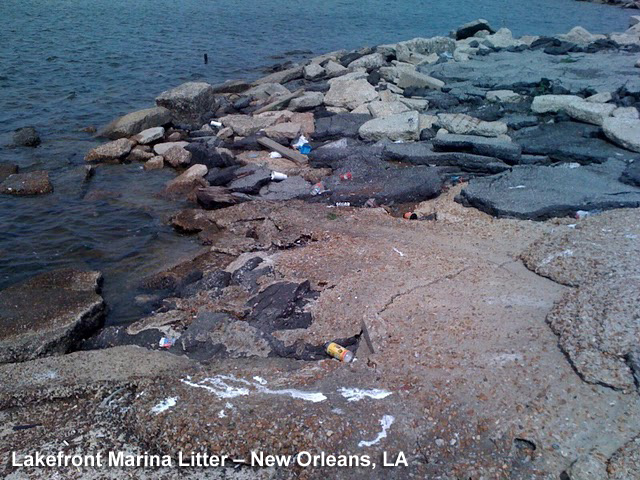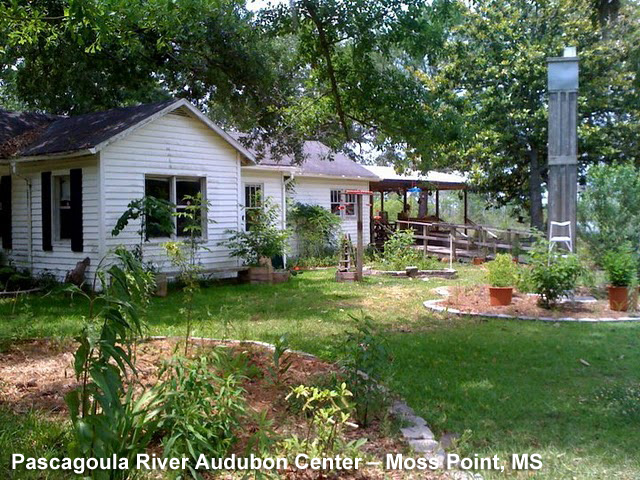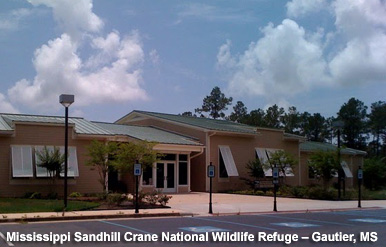Part 2: The Wildlife Refuges
May 14, 2010
I woke up to the sound of a crow cawing outside my bedroom window. Today, I am heading for the Pascagoula River Audubon Center in Moss Point, MS, but I wanted to take some pictures of Lake Ponchartrain first, before I left. What a mess around the marina. Not just all the road construction, but litter everywhere!

I headed to the coffee shop next door to Roberts on the corner of Robert E. Lee and West End Blvd. (I’d give them a better plug than that, but I threw out the cup with their name on it. They had killer Almond/Beignetalike pastries, great coffee, and free wi-fi. If you’re ever in NOLA, I highly recommend it.) I got all the info I needed online, and I was off!
Nearly two hours later, at I-10E exit 68, I headed toward Pascagoula down a two-lane road that twisted and turned for a mile or so until it entered a stretch of lovely homes. This is where the Audubon Center is located. It’s a quiet little cottage in the Mississippi countryside. There were awesome bird houses and feeders everywhere.

I was greeted by the center’s director Mark LaSalle and a gentleman named Mozart, and I explained that I was there to get oiled wildlife cleansing training. Mark told me that he had been inundated with requests, and people could not understand why they were not being called upon to help out with the massive cleanup efforts. He said simply that BP was in charge of all oil cleanup on the coast, and they were only hiring contractors. Allowing the public to get involved would open them up to a great deal more liability than they already have. He added that people trained in handling wildlife were best equipped to handle any rescue efforts, and if you don’t know how to capture birds properly, you would be placing both yourself and the animal in harm’s way if you attempted it.
Mark suggested I talk to his colleague at the Mississippi Sandhill Crane National Wildlife Refuge down the road. When I got there, Doug Hunt of the U.S. Fish and Wildlife Service showed me around and told me that there were only about 120 Mississippi Sandhill Cranes in existence today. There are plenty of Greater Sandhill Cranes in the world, but the ones living at this refuge are a unique subspecies that does not migrate like others do. Born and raised in beautiful South Mississippi, these birds choose to live out their entire lives here.

Doug told me the same things about volunteer opportunities that Mark had explained at the Audubon Center: Gulf Coast cleanup was all being handled by BP and its contractors, and there were no current openings for volunteer participation. Private industry was running this job, and it was completely out of the government’s hands.
He also told me that the refuge had been getting hundreds of calls from people like me who wanted to help out, but all he could do was send them to register with Audubon. I thanked Doug for his time and all of the info, and headed back toward the Bay.
